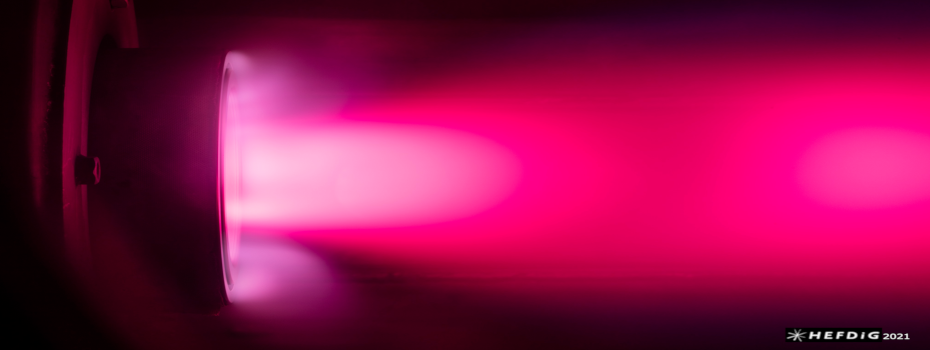Speaker
Description
Background of the study
Thanks to the improvements performed in the application of the dual-colour pyrometers for the temperature measurement of the exposed surface of the samples at the hot hypersonic plasma, now it is possible to analyse qualitatively the trend of the material surface spectral emissivity of a sample or an assembled model during the development of a test run carried out in a hypersonic plasma ground facility.
Methodology
Such type of analysis is at present carried out at CIRA in both the SCIROCCO and GHIBLI plasma facilities. It is executed by using dual-colour pyrometers operating simultaneously in single-colour and two-colour modes. It is possible to get from each dual-colour device measurements of the two temperatures, one detected in single colour mode and the other detected in two-colour mode. By combining such temperatures, it is possible to determine the trend of the spectral emissivity of the material surface of the sample tested during the test run.
The use of pyrometers let to measure the temperatures achieved on specific parts of samples or model assembly, also at their stagnation point.
Results and Conclusions
The trends of the spectral emissivity obtained show that the model surface changes during the development of the test. In some cases, there is the occurrence of little variations, but in other cases emissivity changes strongly. Such kind of behaviour can indicate variations in the chemical composition of the surface due to chemical reactions between the material surface and the gases of the hot plasma, or can be due to change of the state of the material surface, like melting, sublimation, etc.
The results obtained with the application of such analysis are very interesting, but they are always limited by the assumption of the hypothesis of grey-body behaviour of the material surface.
Summary
The experimental analysis of the spectral emissivity of a material surface may be performed by the deep use of a dual-colour pyrometer. It is a qualitative characterization only, because of the very strong hypothesis of gray material surface behaviour when the two-colour temperatutre is measured.

